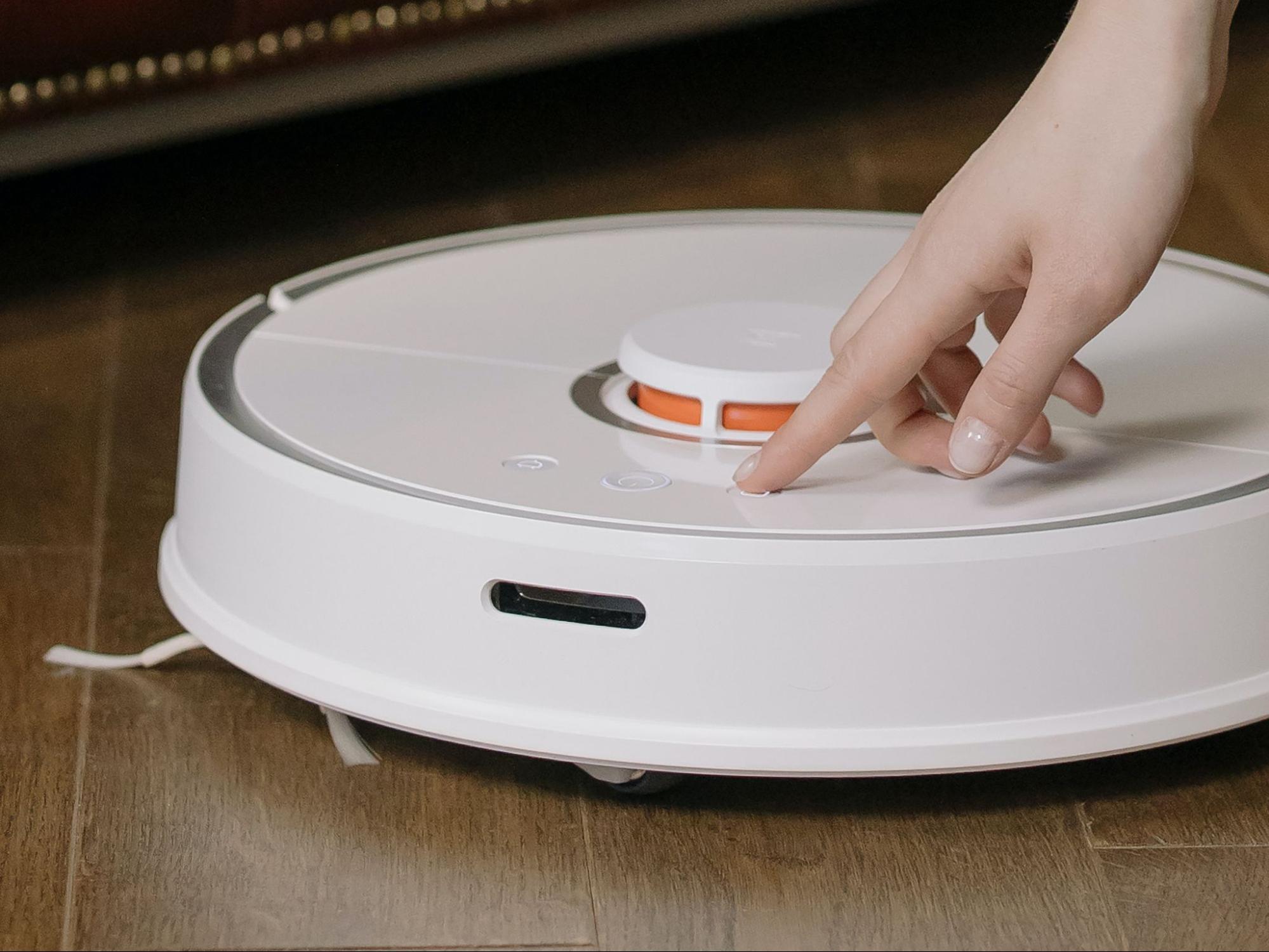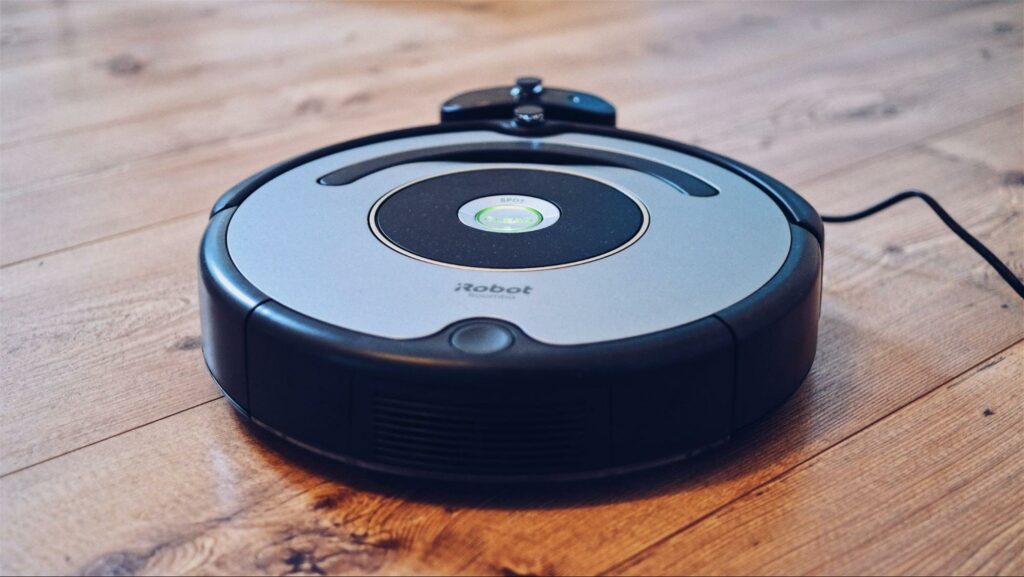If you’re wondering how to tell which Dyson vacuum cleaner model you have, I can help. With a wide range of models and variations, it can be challenging to identify the specific model at first glance. However, there are a few key indicators that can help you determine which Dyson vacuum cleaner you own.
First, check the product label or sticker on your Dyson machine. This label is usually located on the main body or near the motor housing. It will typically display important information such as the model number, serial number, and manufacturing date. By referring to this label or sticker, you’ll be able to pinpoint the exact model of your Dyson.
Another way to identify your Dyson is by examining its design features and attachments. Different models may have distinct characteristics that set them apart from others in the lineup. Pay attention to details such as color combinations, handle shape, bin size, brush bar type, and suction control options. Additionally, consider any unique accessories or specialized tools that came with your vacuum cleaner.
By combining these methods – checking the product label and assessing design features – you should be able to confidently determine which Dyson vacuum cleaner model you have. Once identified, you’ll have a better understanding of its capabilities and be able to find relevant information for maintenance or troubleshooting purposes.
Table of Contents
ToggleHow to Tell Which Dyson I Have
When it comes to Dyson vacuums, understanding the various models can sometimes feel like deciphering a complex code. With so many different options available, it’s easy to get confused about which model you have or which one is right for you. In this section, I’ll break down the basics of Dyson vacuum models to help clear up any confusion.
1. Dyson Ball vs. Dyson V-Series
Dyson offers two primary types of vacuum models: the Dyson Ball and the Dyson V-Series. The main difference between these two lines is their design and functionality.
- The Dyson Ball models are upright vacuums with a unique ball technology that allows for smooth maneuverability around furniture and tight spaces.
- The Dyson V-Series includes cordless stick vacuums that offer convenience and versatility for quick cleanups or reaching difficult areas.
2. Model Numbers and Variations
Within each line, there are multiple model numbers and variations to choose from. These variations typically indicate differences in features, accessories, or suction power.
To identify your specific model, start by checking the sticker on your vacuum cleaner. Look for a series of numbers and letters that usually follow the word “Model” or “Type.” This alphanumeric code will provide valuable information about your particular Dyson vacuum.
3. Key Features to Consider
When comparing different Dyson vacuum models, it’s essential to consider some key features:
- Suction Power: Different models may vary in terms of suction power, with some offering more powerful cleaning capabilities than others.
- Bin Size: The size of the dust bin can impact how often you need to empty it during cleaning sessions.
- Filtration System: Look out for HEPA filters if you have allergies or want improved air quality.
- Attachments and Accessories: Some models come with a range of attachments, such as crevice tools, brush heads, or pet grooming tools.
4. Dyson Support and Resources
If you’re still uncertain about which Dyson vacuum model you own or need assistance in selecting the right one for your needs, don’t worry! Dyson provides excellent customer support and resources on their website. You can find product manuals, FAQs, and even contact their customer service team for personalized assistance.
Finding the Model Number on Your Dyson Vacuum
When it comes to identifying which Dyson vacuum model you have, one of the first steps is to locate the model number. The model number not only helps in determining the specific features and specifications of your Dyson vacuum, but it also ensures that you can find the right parts and accessories if needed.

Here are a few simple steps to help you find the model number on your Dyson vacuum:
- Start by unplugging your Dyson vacuum cleaner from the power source for safety.
- Turn your attention to the main body of the machine. Look for a sticker or label attached to it.
- Search for a series of numbers and letters on this sticker or label. This combination usually represents the unique model number of your Dyson vacuum.
- Once you have located this alphanumeric code, take note of it as this will be crucial in identifying your specific model.
It’s important to keep in mind that different models may have their labels placed in various locations. Here are some common areas where you might find the model number:
- On top or at the back of the main body
- Underneath or on one side of removable components like dust canisters or brush heads
- Inside battery compartments (for cordless models)
- On handles or control panels
If you’re having trouble locating the model number using these methods, referring to your user manual can provide further guidance as well.
Remember, knowing your Dyson vacuum’s model number is essential when seeking assistance from customer support, ordering replacement parts, or searching for troubleshooting tips online.
Finding and noting down your Dyson vacuum’s correct model number ensures that any future maintenance needs can be addressed promptly and accurately.
Identifying Key Features of Different Dyson Models
When it comes to identifying which Dyson model you have, there are a few key features to look out for. These features can help you determine the specific model and understand its capabilities. Here’s a breakdown of what to look for:
1. Design and Appearance: Start by examining the overall design and appearance of your Dyson vacuum cleaner. Each model has its own unique style, color, and shape that can be easily recognizable. Take note of any distinctive features or branding elements.
2. Suction Power: Another important factor is the suction power of your Dyson. Different models come with varying levels of suction strength, so pay attention to how well it picks up dirt and debris from your floors or surfaces.
3. Cleaning Attachments: One way to differentiate between different Dyson models is by looking at the available cleaning attachments that come with each one. These attachments may include crevice tools, brush heads, or specialized tools for pet hair removal.
4. Filtration System: Consider the type of filtration system used in your Dyson model. Some models feature advanced HEPA filters that effectively capture allergens and improve indoor air quality.
5. Corded or Cordless Operation: Determine whether your Dyson is corded or cordless as this can impact its maneuverability and convenience during use.
6. Battery Life (for cordless models): If you have a cordless Dyson model, check the battery life it offers on a single charge. This will give you an idea of how long you can use it before needing to recharge.

